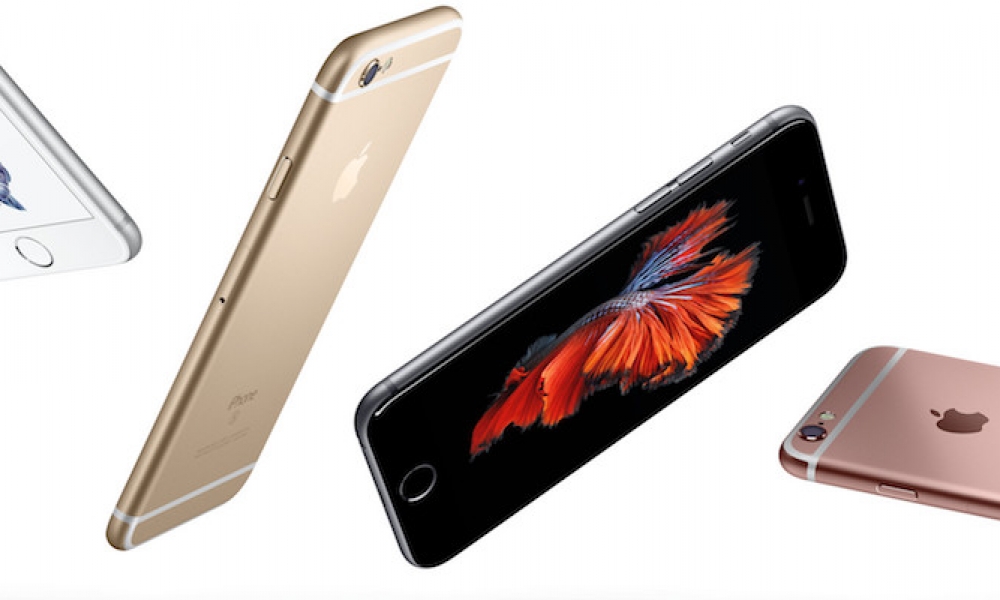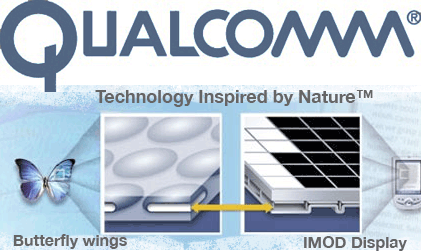Apple Just Bought a Secret Display Lab in Taiwan, Expected to Be Working on New IMOD Display Technology

Toggle Dark Mode
Apple is well known for being secretive, however the company is taking things to new levels, with latest reports suggesting that the company has opened up a secret lab in Taiwan to work on displays that are thinner, lighter, and brighter than their predecessors.
The lab is being operated in Longtan, Taiwan, and was formerly run by Qualcomm, which was working on a new low-power display technology called IMOD, which stands for Interferometric Modulator Display.
 The news was first reported by Tim Culpan from Bloomberg, who highlighted that Apple is working to push the boundaries in all aspects of a display, including brightness, thinness and weight. Apple is also working on energy efficiency, news that many Apple fans will rejoice in hearing, considering the iPhone has often been effected by battery issues, and the display of a phone uses the most battery power by far.
The news was first reported by Tim Culpan from Bloomberg, who highlighted that Apple is working to push the boundaries in all aspects of a display, including brightness, thinness and weight. Apple is also working on energy efficiency, news that many Apple fans will rejoice in hearing, considering the iPhone has often been effected by battery issues, and the display of a phone uses the most battery power by far.
The lab currently features no logos or anything on the outside, however the report mentions that in the lobby can be found an Apple logo and a “standard visitor registration screen.” Of course, the receptionist and guards refused to comment on who owned the facility, however government records, according to the report, suggest that it is owned by Apple Taiwan, and a staff member in the building was seen to be wearing an Apple ID badge.
The new facility could have a number of implications for not only Apple, but also for a number of other companies. It seems as though Apple is trying to reduce the dependence that it has on other companies when it comes to the internal components of the iPhone. Currently, the likes of Samsung, LG, Sharp, and so on build the actual displays for the iPhone. While it would be great for Apple to be able to build its own displays, for the companies that build the displays for Apple, it would be a major loss, especially for Japan Display, which has Apple as its largest client.
 Currently, Apple uses LCD display technology in its Mac computers and its iPhones, however it uses an OLED display for the Apple Watch. OLED is largely considered to be the superior technology, and many are hoping for Apple to make the switch on its other devices because of the fact that it offers clearer and brighter colors.
Currently, Apple uses LCD display technology in its Mac computers and its iPhones, however it uses an OLED display for the Apple Watch. OLED is largely considered to be the superior technology, and many are hoping for Apple to make the switch on its other devices because of the fact that it offers clearer and brighter colors.
Qualcomm’s IMOD technology, however, uses microscopic mirror-like elements that reflect light of different colors. Like OLED technology, this doesn’t require any backlight and only uses energy when it is being switched on or off – once an image is created, no energy is used to retain it, similar to how E-Ink technology works. This offers a major advantage over other display technologies, which require energy to maintain an image due the backlight required.
Also similar to E-Ink is the fact that IMOD is able to retain visibility in direct sunlight, unlike displays that use LCD or OLED technology. The main downside to IMOD is the fact that it produces colors that tend to be a little flat and unsaturated, however this is an issue that may be fixed in the future. The display technology is also known as Mirasol, and some suggest that instead of simply buying the facility it was developed in, Apple has acquired the technology itself and is developing it for future devices.
The reports suggest that at least 50 engineers are working on the new displays, and that these displays will eventually allow devices such as the Apple Watch to be thinner than they already are. Many of these engineers are reportedly from the Qualcomm team that previously worked in the lab.
The displays likely won’t, however, feature on the second iteration of the Apple Watch or on the heavily rumored “mini” iPhone, which is expected to feature a 4 inch display. Both of these devices are expected to be unveiled at a March event.
Of course, it’s important to note that its possible that new display technology will be a dead end for Apple. The company has acquired as many as 15 mystery companies over the year, and at least six of these companies are not known. Given the amount of money Apple has, the company is now in a position to acquire companies that show promise, even if their technology ends up being useless for Apple.
[The information provided in this article has NOT been confirmed by Apple and may be speculation. Provided details may not be factual. Take all rumors, tech or otherwise, with a grain of salt.]






